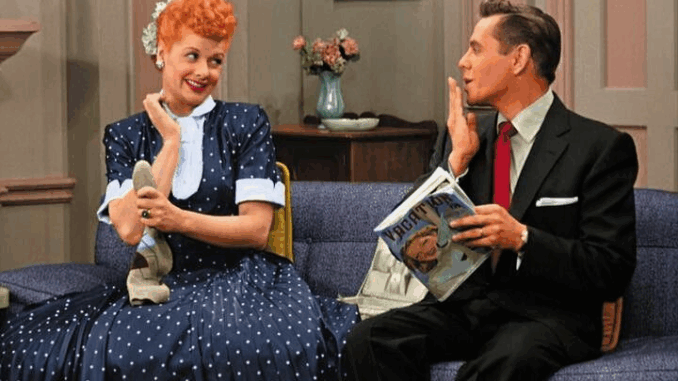
Since its debut in 1951, I Love Lucy has remained a beloved staple of American television. What made the show so enduring was not just its iconic lead, Lucille Ball, but also how it evolved creatively over six seasons. Each season introduced fresh ideas, expanded the characters’ lives, and pushed the boundaries of what a sitcom could be in the 1950s. This article explores how I Love Lucy evolved season by season, capturing the hearts of millions while redefining television comedy.
Season 1: The Birth of a Comedy Classic
The first season of I Love Lucy laid the foundation for what would become television history. It introduced viewers to Lucy Ricardo, a spirited housewife with big dreams of stardom, and her husband Ricky, a talented bandleader struggling to keep his wife out of trouble. The show’s innovative multi-camera setup and live audience filming gave it an authentic feel, while Lucille Ball’s physical comedy and timing made each episode unforgettable.
During this season, the humor revolved around domestic life and Lucy’s often misguided attempts to break into show business. Episodes like “The Audition” and “Lucy Thinks Ricky Is Trying to Murder Her” captured viewers’ attention with hilarious misunderstandings and situational comedy.
Season 2: Expanding Storylines and Iconic Moments
Season 2 saw I Love Lucy growing more confident in its storytelling. The writers explored new comedic scenarios that went beyond simple domestic antics. This was the season that gifted the world with the legendary “Vitameatavegamin” episode, where Lucy’s failed TV commercial shoot became an instant classic.
In addition to classic physical comedy, the show began to explore workplace humor, social situations, and friendship dynamics between Lucy and Ethel. The characters of Fred and Ethel Mertz gained more screen time, enriching the group dynamic and allowing for more varied comedic interactions.
Season 3: Pushing Boundaries with Creative Plots
By Season 3, I Love Lucy was experimenting with its format and themes. The famous “Job Switching” episode highlighted Lucy and Ethel trading places with their husbands, resulting in hilarious chaos in the kitchen. This season showcased the show’s ability to blend slapstick with relatable scenarios, reinforcing its appeal.
Moreover, the series began to reflect cultural changes subtly, portraying working women and marriage challenges with humor and nuance. The characters were becoming more fleshed out, making the comedy resonate on a deeper level with the audience.
Season 4: Real-Life Changes Reflect On-Screen
Season 4 was a turning point as Lucille Ball’s real-life pregnancy was written into the show — a groundbreaking move at the time. The arrival of baby Ricky on screen was handled with warmth and humor, making the family feel more real to viewers.
The storylines began to focus more on family life and the balance between personal and professional aspirations. Episodes like “Lucy’s New Job” and “Little Ricky Learns to Crawl” demonstrated the show’s ability to evolve while maintaining its comedic heart.
Seasons 5 and 6: Maturity and Experimentation
The final two seasons of I Love Lucy reflected a maturing show that wasn’t afraid to try new things. The series tackled more complex emotional themes alongside its trademark humor. The characters faced new challenges in marriage and parenting, providing a richer narrative texture.
Experimentation with location-based episodes, such as “The Ricardos Visit Cuba,” added depth and diversity to the show’s settings and cultural representation. These seasons balanced innovation with nostalgia, giving long-time fans satisfying story arcs while continuing to deliver laughter.
Legacy of Evolution
Throughout its six-season run, I Love Lucy demonstrated a remarkable ability to evolve. From slapstick beginnings to more sophisticated storylines, the show adapted to its times without losing the core elements that made it special: the lovable characters, impeccable comedic timing, and heartwarming family themes.
This evolution not only sustained its popularity during the 1950s but also helped cement its place as one of the most influential sitcoms of all time. The show’s legacy endures because it continually reinvented itself while staying true to its roots — a lesson in creativity and adaptability that still resonates today.
